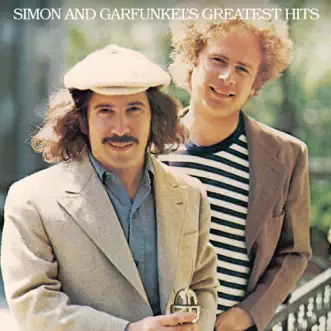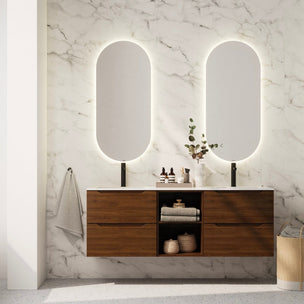Bridge Over Troubled Water by Simon & Garfunkel Song Info
"Bridge over Troubled Water" is the title song of Simon and Garfunkel's final album together, Bridge over Troubled Water, released January 1970. It reached number one on the Billboard Hot 100 chart on February 28, 1970, and stayed at the top of the chart for six weeks. It was replaced at the number-one spot by The Beatles' "Let It Be". "Bridge over Troubled Water" also topped the adult contemporary chart in the U.S. for six weeks. This song's recording process exposed many of the underlying tensions that eventually led to the breakup of the group after the album's completion. Most notably, Paul Simon has repeatedly expressed regret that he allowed Art Garfunkel to sing this song as a solo, as it focused attention on Garfunkel and relegated Simon to a backing position. He felt an unwanted jealousy when Garfunkel received thunderous applause after performing the song, feeling that the acclamation should have been for him ("That's my song! I wrote it!"). Art Garfunkel initially did not want to sing lead vocal, feeling it was not right for him. "He felt I should have done it," Paul Simon revealed to Rolling Stone in 1972. Garfunkel said that the moment when he performed it in Madison Square Garden in 1972 was "almost biblical". In recent performances on the "Old Friends" tour, Simon and Garfunkel have taken turns singing alternate verses of the vocal. As the song ends, drums and piano build in a crescendo to an extraordinary climax. The last note, on a violin, is a long, drawn out E-flat that lasts ten seconds. Simon wrote the song in the summer of 1969 while Garfunkel was filming Catch-22 in Europe. It was written on the guitar in the key of E Sharp although on an early demo version Paul Simon detuned the song on his guitar to an F. The song originally had two verses and different lyrics. Simon specifically wrote it for Garfunkel and knew it would be a piano song. He based the lyrics on the line "I'll be your bridge over deep water if you trust in me" by Swan Silvertones in the song "Oh Mary Don't You Weep For Me". Garfunkel reportedly liked Simon's falsetto on the demo and suggested Simon sing. He and producer Roy Halee also thought the song needed three verses and a 'bigger' sound. Simon agreed and wrote the final verse. Garfunkel's first two attempts to record the vocal failed. The first two verses were finally recorded in New York with the final verse recorded in Los Angeles. Larry Knechtel spent four days working on the piano arrangement. Art came up with the intermediate piano chords between the verses while working with Knechtel.




